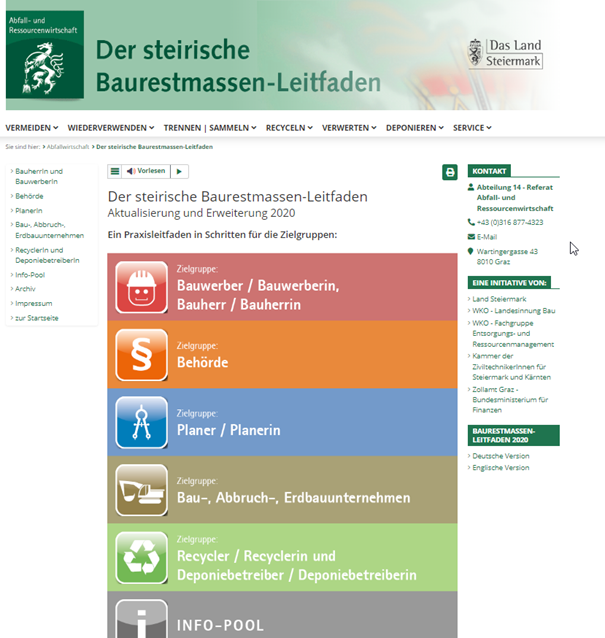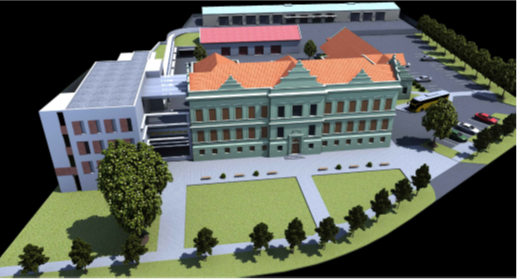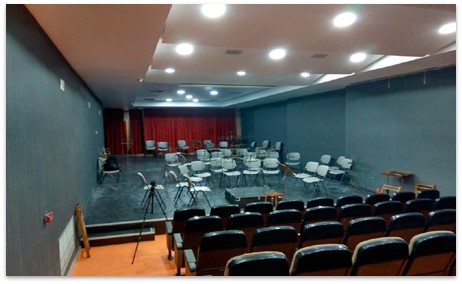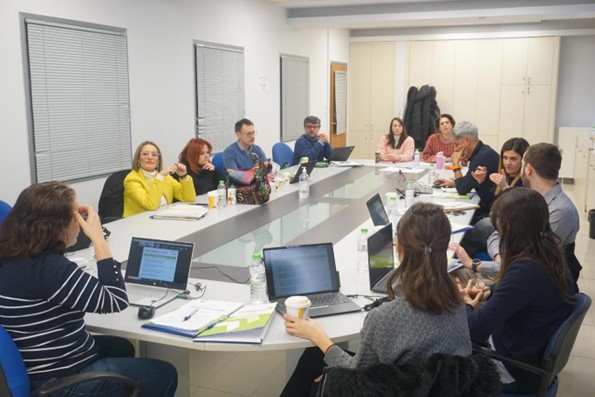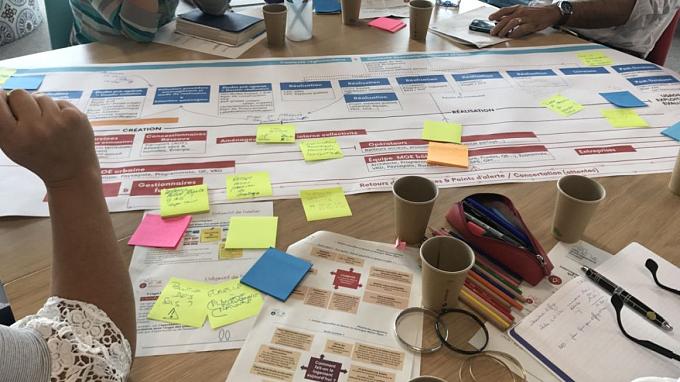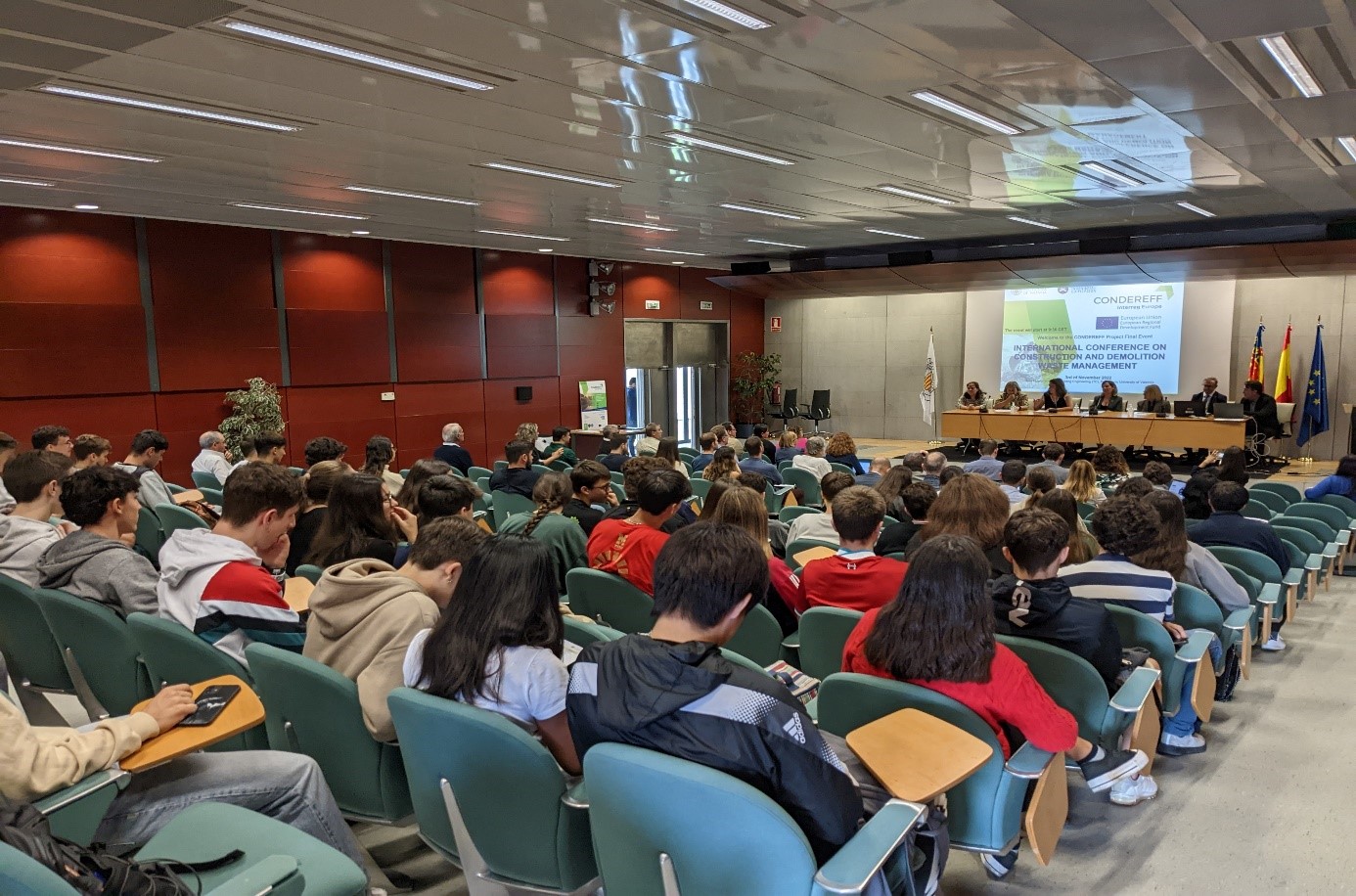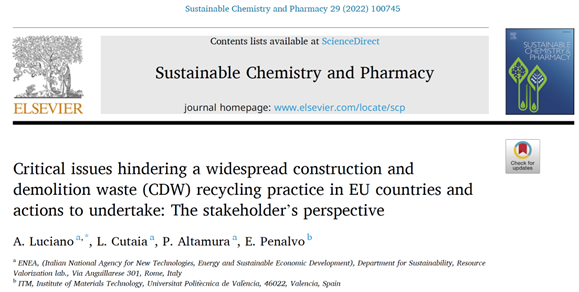The SBE19 Graz is part of a major international series of conferences that focuses on sustainable buildings and construction. The series was launched by the International Council for Research and Innovation in Building and Construction (CIB) and the International Initiative for a Sustainable Built Environment (iiSBE) more than ten years ago, and these partners were subsequently joined by the Sustainable Building and Climate Initiative (SBCI) of UN Environment, the International Federation of Consulting Engineers (FIDIC) and the Global Alliance for Buildings and Construction (GABC).

The series, now on a three-year cycle, has become recognized as the world’s preeminent conference series in this important field. The series consists of a first year of planning, followed by a series of regional conferences in the second year, and culminating in a global event during the third year. In 2019, SBE19 Graz will be one of the regional conferences, while the global conference World Sustainable Built Environment Conference (WSBE2020) will be held in Gothenburg, Sweden in 2020.

Partner Styria was invited to lead a Special Forum during the conference. During the Special Forum CONDEREFF Mrs. Ingrid Winter, Head of the Department of Waste Management and Resources of the Province of Styria, presented the project and its importance for the further development of the strategy in the field of construction and demolition waste for Styria.
Mr. Josef Mitterwallner, employee of the department, presented the Styrian guideline for construction and demolition waste and its extension by the field of reuse in the construction sector. Mr. Matthias Neitsch presented the latest successes of the project Baukarussell (www.baukarussell.at). This project deals exclusively with the issues of the reuse of components and measures for the dismantling of buildings as well as the creation of jobs in this area.
Mr. Roland Starke from the Austrian Ministry for Sustainability and Tourism presented the Recycling Building Materials Ordinance and the current obstacles to its implementation.


